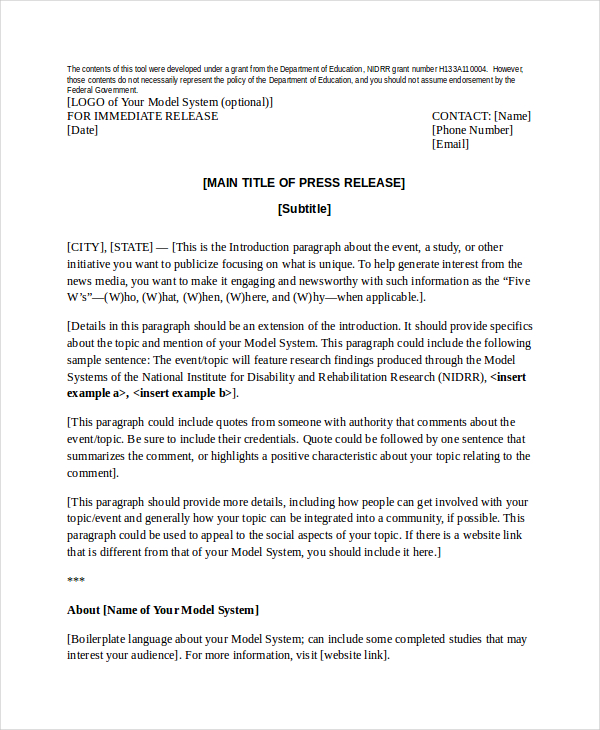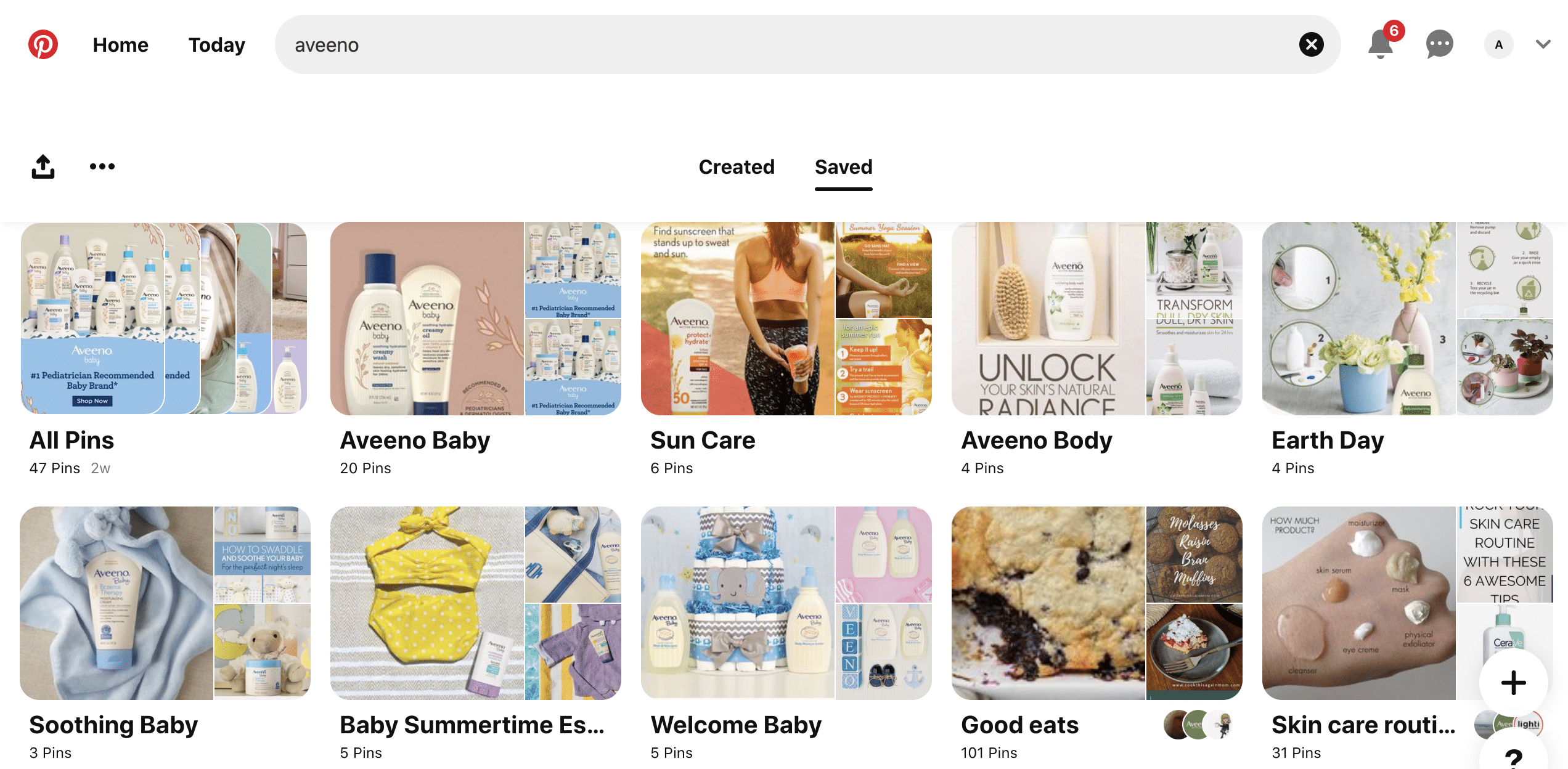- 1. Writing a Press Release for an Event: A Step-by-Step Guide
- 2. Why Write a Press Release for Your Event?
- 3. How to Write an Effective Press Release
- 3.1 1. Craft a compelling headline
- 3.2 2. Include a captivating lead paragraph
- 3.3 3. Provide detailed event information
- 3.4 4. Incorporate quotes
- 3.5 5. Optimize for search engines
- 3.6 6. Include relevant multimedia
- 3.7 7. Proofread and edit
- 3.8 8. Distribute to the right channels
- 3.9 9. Follow up and track results
- 4. Conclusion
- 5. Frequently Asked Questions

Writing a Press Release for an Event: A Step-by-Step Guide
Organizing an event can be an exhilarating experience, filled with endless possibilities and opportunities. But what good is an event if nobody knows about it? This is where a well-crafted press release can make all the difference. A press release serves as a powerful tool to communicate your event’s key details to the media and the public, generating widespread awareness and interest. In this article, we will guide you through the process of writing a compelling press release that adheres to Google’s policies and helps improve your search engine rankings.
Why Write a Press Release for Your Event?
A press release is an official announcement distributed to media outlets, such as newspapers, magazines, online publications, and TV/radio stations, intended to inform them about your event. By utilizing a press release, you can:
- Increase visibility and reach: A well-optimized press release can enhance your online presence and help your event stand out from the competition.
- Generate media coverage: Journalists are always on the lookout for newsworthy events to cover. A well-crafted press release can attract media attention and potentially result in interviews or feature stories.
- Build credibility and trust: A professionally written press release enhances your event’s credibility, positioning you as a reliable source of information.
- Drive attendee participation: Through effective communication, a press release can generate interest and drive potential attendees to register for your event.
How to Write an Effective Press Release
1. Craft a compelling headline
The headline is the first impression your press release makes, so make it count. It should be concise, attention-grabbing, and summarize the most important aspect of your event. Incorporate relevant keywords naturally to boost your search engine rankings.
2. Include a captivating lead paragraph
The lead paragraph is the hook that captures the reader’s attention and entices them to read further. It should provide a concise overview of your event while highlighting its uniqueness or significance. Make sure to include the who, what, when, where, why, and how of your event in this paragraph.
3. Provide detailed event information
After the lead paragraph, expand on the details of your event. Include key information such as the date, time, venue, purpose, and any featured speakers or performers. Use this section to create excitement and convey why your event is a must-attend. Remember to stay factual and avoid excessive promotion.
4. Incorporate quotes
Quotes from event organizers, speakers, or stakeholders can add credibility and human interest to your press release. Include direct quotes that highlight the significance or impact of the event. Highlight these quotes using the blockquote tag to make them stand out visually.
5. Optimize for search engines
Ensure your press release is SEO-friendly by strategically incorporating relevant keywords throughout the content. Use the strong tag to emphasize important keywords or phrases, making them more noticeable to both readers and search engines.
6. Include relevant multimedia
Enhance the appeal and shareability of your press release by embedding relevant images, videos, or infographics. Visual content not only breaks up the text but also increases engagement and captures the reader’s attention. Don’t forget to add alt tags to your multimedia elements for better accessibility and search engine optimization.
7. Proofread and edit
Before publishing your press release, make sure you thoroughly proofread and edit the content. Check for grammar and spelling errors, ensure consistency in formatting and style, and make necessary revisions to improve clarity and readability.
8. Distribute to the right channels
Once your press release is ready, it’s time to share it with the world. Identify media outlets and online platforms relevant to your event and distribute your press release accordingly. Consider using reputable PR distribution services or directly reaching out to journalists and influencers who cover similar events.
9. Follow up and track results
After sending out your press release, follow up with media contacts to gauge their interest and answer any questions they might have. Additionally, monitor the performance of your press release by tracking website traffic, social media engagement, and media coverage. Use this data to refine your PR strategy for future events.
Conclusion
Writing an effective press release for your event is a crucial step in generating awareness, media coverage, and attendee participation. By following the steps outlined in this guide and adhering to Google’s policies, you can craft a high-quality press release that enhances your online visibility and improves your search engine rankings. Remember to focus on creating engaging and informative content that provides value to the reader, ensuring a positive user experience.
Frequently Asked Questions
1. How long should a press release be?
The ideal length for a press release falls within the range of 600-1200 words. However, the length can vary depending on the complexity and significance of your event. It is recommended to be concise and highlight key information that is relevant to your audience.
2. Can I include links in my press release?
Yes, you can include relevant links in your press release. However, ensure that the links are natural and provide additional value to the reader. Avoid excessive linking or using keyword-rich anchor text, as this may be seen as spammy by both readers and search engines.
3. Can I repurpose my press release content?
Yes, you can repurpose your press release content to maximize its reach and impact. Consider creating blog posts, social media updates, or email newsletters using the key information and quotes from your press release. This helps maintain consistency across your communication channels and reaches a wider audience.
4. Are there any SEO tools to optimize my press release?
Yes, several SEO tools can assist you in optimizing your press release for better search engine rankings. Tools like Google Keyword Planner, SEMrush, and Yoast SEO can help you identify relevant keywords, analyze competition, and optimize your content for improved SEO performance.
5. How often should I send out press releases for my events?
The frequency of your press releases depends on the number and significance of your events. It is recommended to send out press releases for major events, newsworthy announcements, or significant updates related to your organization. Be mindful of not overwhelming media outlets with excessive press releases, as this can lead to diminished interest in your future announcements.

Source Image: blog.hootsuite.com

Source Image: pinterest.com
How to Write a Press Release in 7 Easy Steps (+Templates!)| [site:name] Aug 29, 20231. Understand Your Target Audience Your target audience will fall into two categories: those who publish your press release and those who read your press release. When thinking about publishers, you’ll need to understand their niche and how relevant your press release is to their publication.